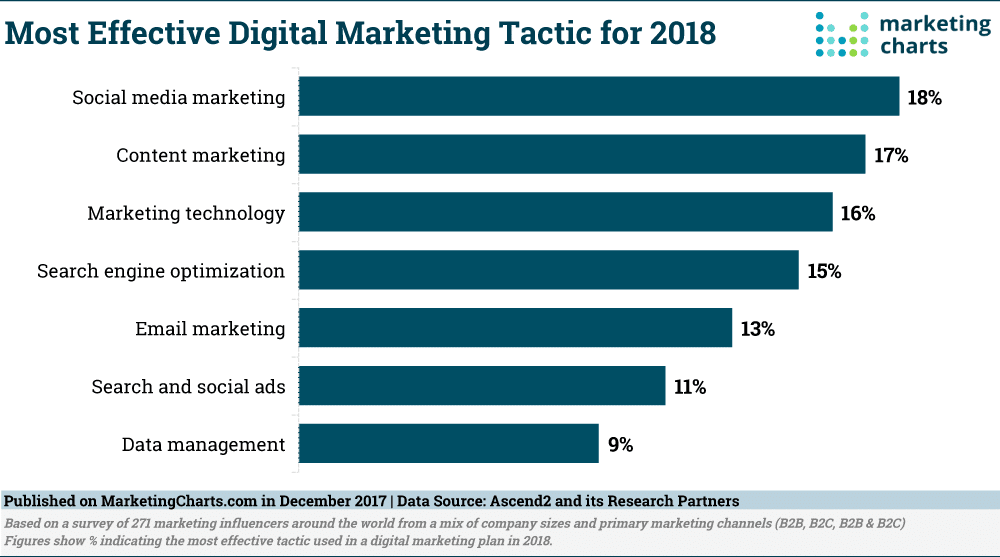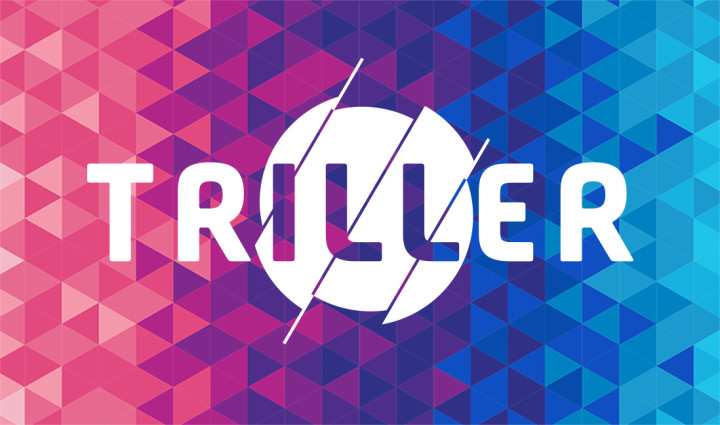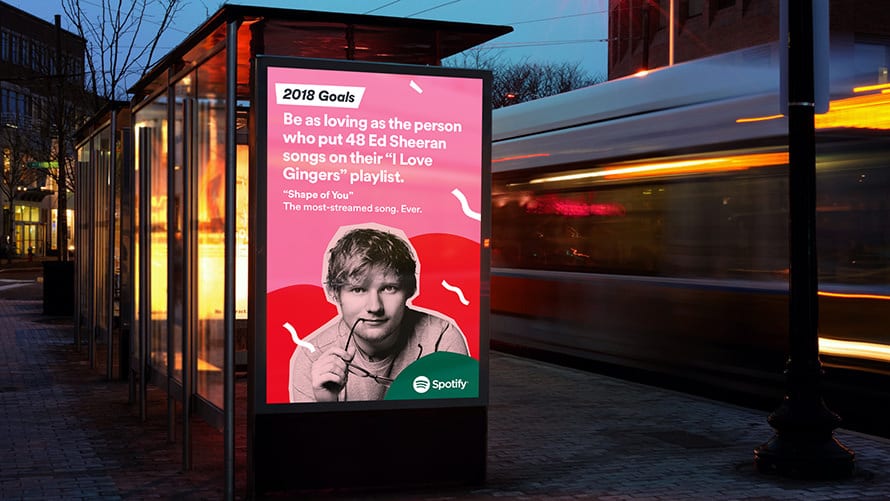Check it out here.
Here's a preview of some of the cool graphs they have:

A blog for students of Professor Kagan's Digital Marketing Strategy course to comment and highlight class topics. From the various channels for marketing on the internet, to SaaS and e-commerce business models, anything related to the class is fair game.

"That this community would form such an enormous part of the business was never the plan — it was more of a “happy accident.” Peloton first realized that the cult part was a big deal in October 2015, when a rider named Lori Roth from Ohio called up the studio to let the company know that she and 25 other people she’d “met” on the leaderboard had gathered in New York for a class. They were calling it the “Home Rider Invasion,” or the HRI. The then-small (60-person) Peloton staff was thrilled and invited them upstairs, where they met Foley, hugged their favorite instructor (Jennifer Schreiber Sherman, with long blonde hair and a tendency to play a lot of classic rock), and took a zillion smiling, laughing group photographs, which they immediately posted online. Other members started getting the same idea, and then Peloton started advertising. The May 2019 meetup hosted 3,000 riders from 49 states (plus Puerto Rico, the U.K., and Canada). Tickets sold out in ten minutes."


 Brands are willing to pay so much because consumers see this form of advertising as more authentic – like getting a recommendation from a trusted friend – compared to say a commercial. It’s actually highly effective: 19% of Americans say they’ve made a purchase because of an influencer’s endorsement. This trend is expected to grow.
Brands are willing to pay so much because consumers see this form of advertising as more authentic – like getting a recommendation from a trusted friend – compared to say a commercial. It’s actually highly effective: 19% of Americans say they’ve made a purchase because of an influencer’s endorsement. This trend is expected to grow. According to the Wall Street Journal, Triller, a music-focused video-sharing app, just raised $28 million in venture funding.
According to the Wall Street Journal, Triller, a music-focused video-sharing app, just raised $28 million in venture funding.



"After noticing how few likes my posts of book excerpts or event fliers had gotten by comparison — like, so few that I thought people weren’t even seeing them — I tried using the platform to test out a theory I’d heard about Instagram’s algorithm while fundraising for Rookie: that it prioritizes faces and videos in people’s feeds over other types of content. (The feed isn’t chronological but is sorted by an invisible algorithmic hand.) This notion encapsulated my agony over the idea that being a face, a personal brand, was the most likely way to get one’s content seen on the oversaturated World Wide Web. I made a video of myself asking my followers to tell me where my video fell in their feeds, and many confirmed that they were seeing my new posts high in their feeds for the first time in months. They were divided on whether that was because Instagram explicitly favors certain types of data or because Instagram prioritizes, for each user, content similar to other content they’ve liked."In the end, Instagram invited Tavi to their offices to basically debunk her theories.
 In a recent article in the New York Times, the paper of record noted that the Donald Trump reelection campaign is outspending the Democrats on digital ads, and that at least some Democrats (the Biden campaign) have responded by... reducing digital spend and diverting the funds to TV advertising. Oh boy.
In a recent article in the New York Times, the paper of record noted that the Donald Trump reelection campaign is outspending the Democrats on digital ads, and that at least some Democrats (the Biden campaign) have responded by... reducing digital spend and diverting the funds to TV advertising. Oh boy.

